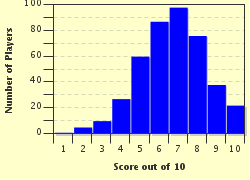Quiz Answer Key and Fun Facts
1. Reindeer fur has two layers. Hollow hairs on the top trap air which helps to insulate a reindeer against the cold of the Arctic. What other function does the air assist with?
2. Oh my! What big hoofs reindeer have. What happens to the hoofs in summer?
3. Reindeer calves can move with the herd within 90 minutes of their birth. Why do the calves need to be proficient on their legs so soon?
4. The photo shows the smallest variety of reindeer. Found in the Arctic Ocean and named after their home, which subspecies of reindeer is the most diminutive?
5. Reindeer are native to the Northern Hemisphere but some reindeer were introduced to the South Georgia and Sandwich Islands in the South Atlantic Ocean. This process began in the early 1900s. How did the reindeer fare on those cold islands?
6. The term reindeer is European but over in the Americas, reindeer are called caribou. From what habit of reindeer does the name caribou come?
7. Reindeer are adapted to eat reindeer moss which is a type of lichen. What is lichen?
8. Santa's reindeer are typically depicted with antlers. Which reindeer grow antlers?
9. A reindeer's eyes change colour from summer to winter.
10. Scientists have discovered that reindeer are one of the few mammals able to see what phenomenon?
Source: Author
Tizzabelle
This quiz was reviewed by FunTrivia editor
gtho4 before going online.
Any errors found in FunTrivia content are routinely corrected through our feedback system.


